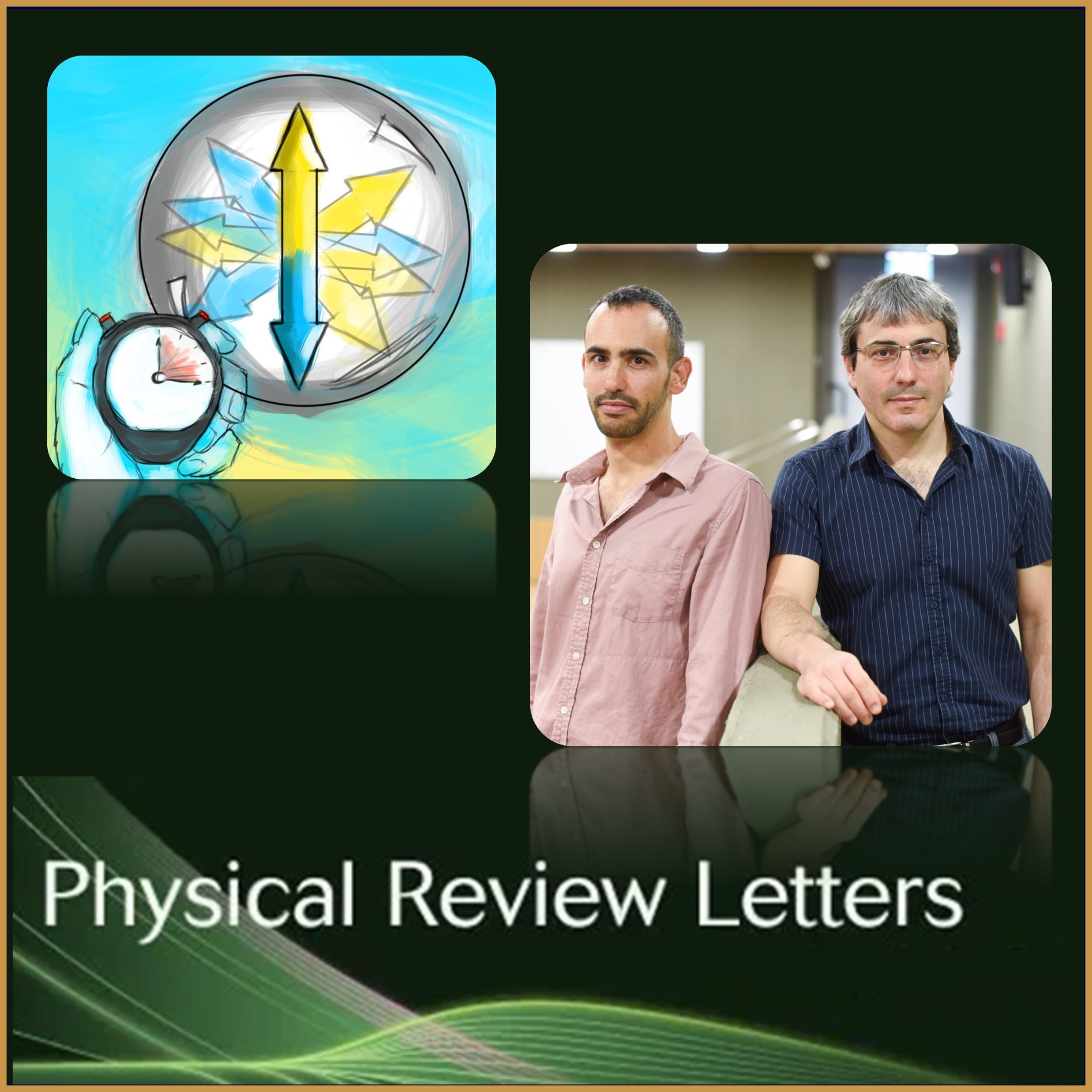Physical Review Letters (PRL) published the work of Gal Ness and Yoav Sagi
titled “Quantum Speed Limit for States with a Bounded Energy Spectrum”. The work was done in collaboration with Andrea Alberti, a senior scientist at the Ludwig Maximilian University of Munich, the Max Planck Institute of Quantum Optics, and the Munich Center for Quantum Science and Technology.
Quantum computers offer exponential gain over classical ones by exploiting the delicate quantum properties of their hardware. However, the quantum mechanics that lies under the hood and enables this speedup also inherently restricts their ultimate performance, via “quantum speed limits”. Two celebrated bounds were discovered in 1945 and 1998 by looking at the evolving quantum state’s finite energy and energy uncertainty. In a previous paper, published in Science Advances, the researchers provided the first experimental evidence of the two well-known limits in a multi-level quantum system in a single experiment.
The recent PRL paper of Ness, Alberti, and Sagi describes the theoretical derivation of a third novel quantum speed limit, on top of the two known bounds, and the dynamical regimes that emerge from the combination of these three. In most relevant scenarios, the energy is bounded, and now it has been shown that this energy ceiling also provides an additional limit. By “flipping the world over” and looking at this ceiling as if it was the floor, a third quantum speed limit was found. With this new limit, the whole picture of quantum speed limits and dynamical regimes becomes complete and more symmetrical.




